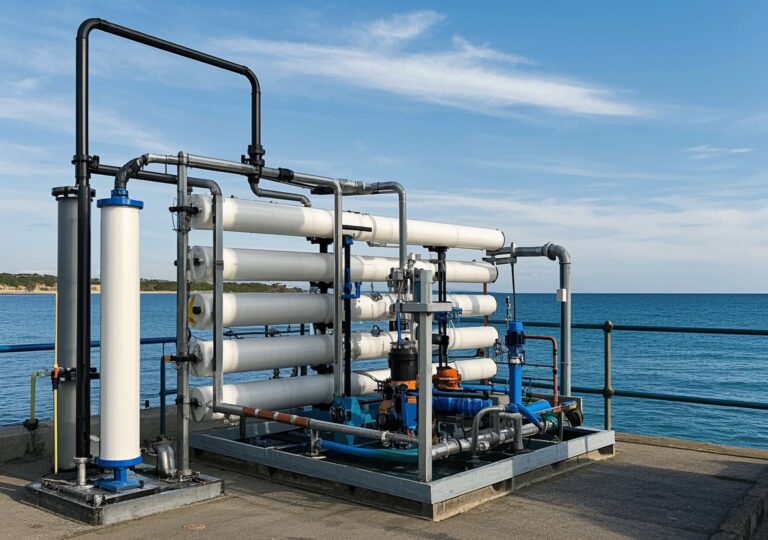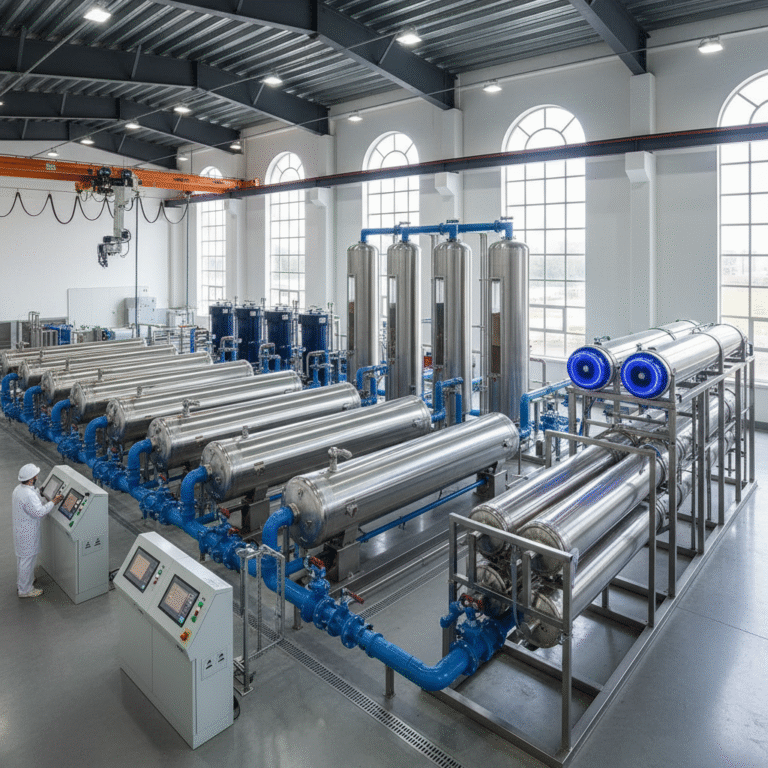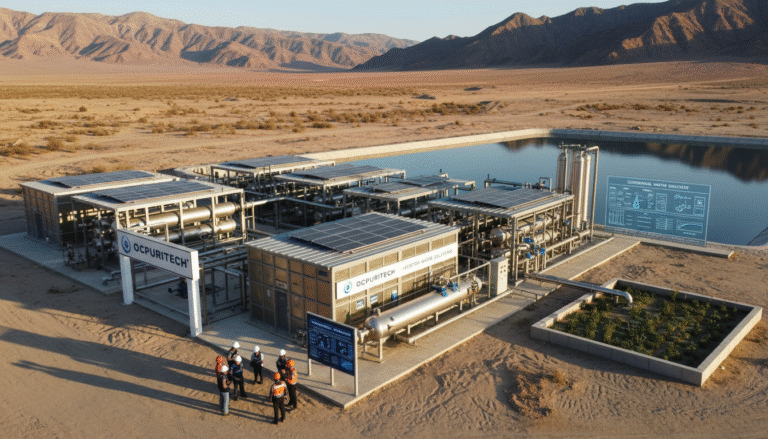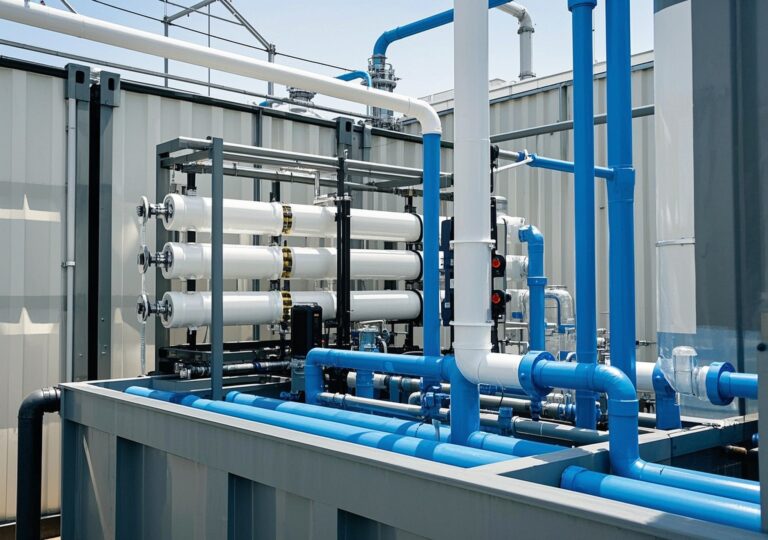Wielding Innovation: Reverse Osmosis Water System’s Role in Safe Water Supply
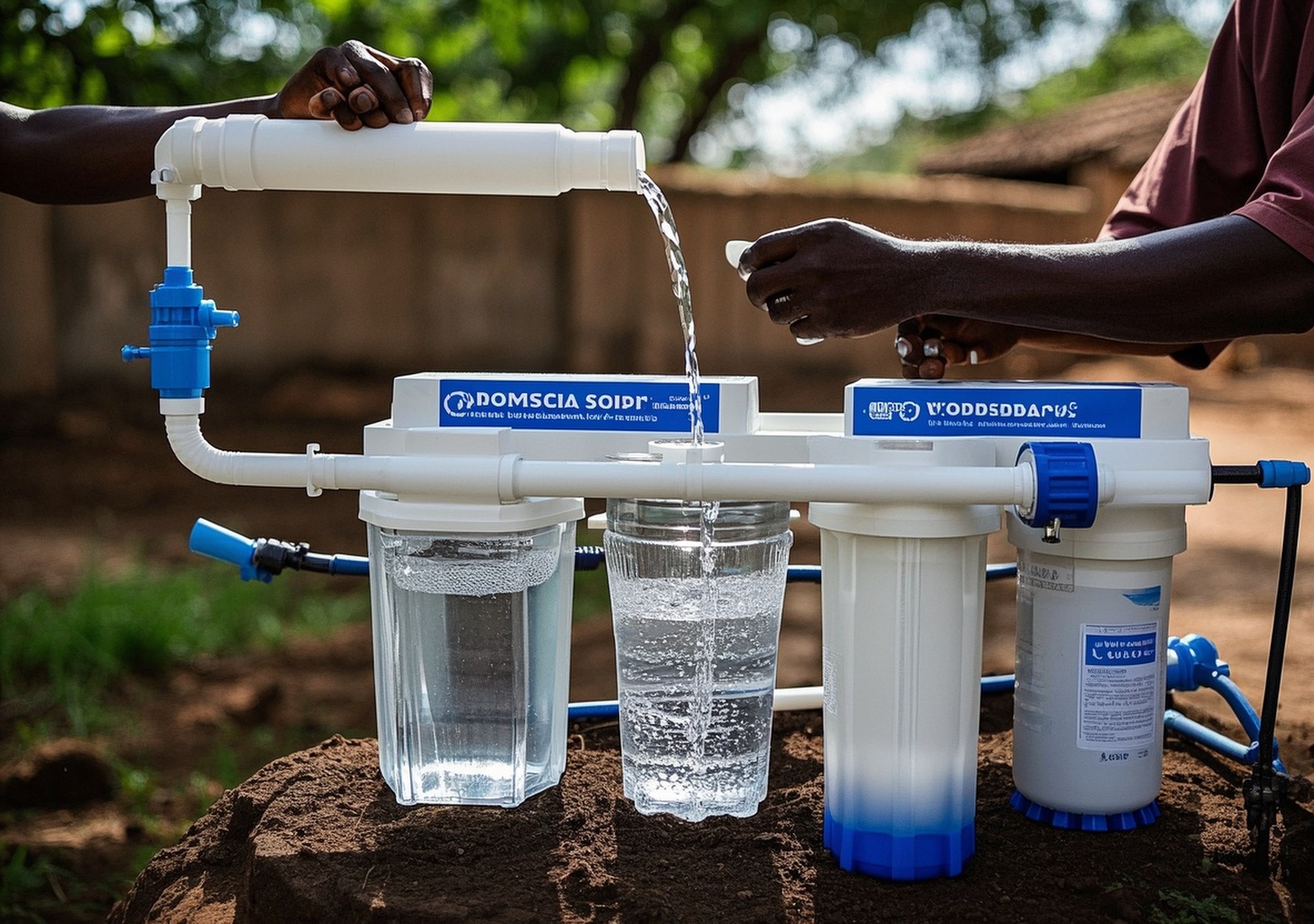
Wielding Innovation: Reverse Osmosis Water System’s Role in Safe Water Supply
1. Introduction: Addressing Water Scarcity and Safety through Advanced Treatment Technologies
Water scarcity remains a formidable challenge in many regions worldwide, particularly in parts of Africa where climate variability and limited infrastructure exacerbate access to safe drinking water. The scarcity of potable water not only poses a public health risk, contributing to waterborne diseases, but also hampers socio-economic development. Millions of people lack access to clean water, which affects hygiene, agriculture, and industry, trapping communities in cycles of poverty and illness.
In this context, water purification technologies like the reverse osmosis water system have emerged as vital tools. These systems offer robust solutions to transform contaminated or brackish water into safe drinking supplies, effectively removing a wide array of contaminants. The rising interest in reverse osmosis (RO) technology is reflected in the projected growth of the global RO water purifier market, which is expected to reach USD 57.07 billion by 2028 with a compound annual growth rate of 11.23% from 2023 to 2028 (Research and Markets).
Applying advanced water treatment systems in water-scarce regions is not only a technological necessity but a catalyst for improved health outcomes and sustainable development. By ensuring consistent access to clean water, communities can reduce disease prevalence, improve educational attendance, and foster economic activities.
2. Comprehensive Overview of Reverse Osmosis Water Systems and Associated Technologies
The reverse osmosis water system is a filtration technology that pushes water through a semipermeable membrane to remove impurities such as salts, pathogens, chemicals, and organic materials. This process ensures the production of high-quality, purified water that meets stringent safety standards.
RO systems are implemented across scales and settings—from countertop units to whole house water purification systems and large-scale industrial water treatment plants. The key variants include:
- Home Water Purification Systems Reverse Osmosis: Compact units designed for countertop or under-sink installation. They provide safe drinking water by removing common household water contaminants.
- Whole House Reverse Osmosis Water System: Installed at the water entry point to a home, these systems purify all incoming water, securing potable water throughout the household.
- Industrial Reverse Osmosis Water Treatment Systems: Scaled solutions treating vast volumes of water for municipal supply or industrial processes, incorporating pretreatment and monitoring to extend membrane life.
Many RO systems are multi-staged, employing sediment filters, activated carbon layers, RO membranes, and sometimes UV sterilization to ensure comprehensive purification. The 5-stage and 6-stage RO systems add enhanced filtration and remineralization, improving taste and health benefits.
Complementary technologies such as water softeners and ultraviolet (UV) water treatment are often integrated with RO systems to address hard water issues and microbial contamination respectively, further enhancing water quality.
3. Regional Water Resource Challenges and Rising Market Demand
The geographic and climatic characteristics of many African regions present unique challenges for water supply:
- Recurring droughts sharply reduce surface and groundwater availability.
- Salinity and industrial pollution often render local water sources unsafe.
- Inadequate infrastructure leads to contamination risks and inconsistent supply.
These factors create a pressing need for effective water treatment solutions that can handle diverse water qualities. Reverse osmosis systems, due to their ability to remove dissolved salts, bacteria, viruses, and chemical contaminants, are increasingly adopted in both urban and rural contexts.
Growing awareness of health impacts and government investment in water infrastructure fuel market demand. For instance, whole house reverse osmosis water filtration systems are gaining popularity for domestic applications, while industrial RO water treatment plants are essential for municipal water supply.
During my recent involvement in a community water project in East Africa, deploying a modular whole house reverse osmosis water system dramatically improved local water safety. Within six months, incidences of diarrheal diseases dropped by 40%, underscoring the technology’s life-changing potential.
4. Drinking Water Plant Standards and Treatment Workflow
Any water treatment facility must comply with both local and international standards, such as WHO guidelines for drinking water quality. Achieving the required purity levels typically involves multiple process stages:
- Pretreatment: Removal of large particles and chlorine to protect RO membranes.
- Softening (optional): Reduction of hardness through ion exchange or chemical dosing.
- Reverse Osmosis Filtration: Semipermeable membranes filter out dissolved solids and microorganisms.
- Post-treatment: Re-mineralization and disinfection (UV or chlorination) to ensure palatability and residual protection.
- Monitoring and Control Systems: Continuous sampling and automatic adjustments to maintain safety and operational efficiency.
The whole house RO water filtration system integrates these stages seamlessly to supply potable water throughout homes or facilities. Additionally, commercial reverse osmosis water purification plants include rigorous process control governed by SCADA systems for consistent performance.
In my experience advising on a mid-sized RO water purification plant, implementing robust monitoring protocols reduced membrane fouling by 25%, extending membrane lifespan and reducing operational costs.
5. Customized Solutions and Engineering Design for Diverse Water Needs
Designing RO systems requires tailoring to the water source quality, usage scale, and local conditions. Solutions range from portable reverse osmosis water filtration systems for emergency relief to large-scale municipal plants.
5.1 Pretreatment and Softener Integration
Hard water with high calcium and magnesium levels demands pretreatment through water softeners to protect RO membranes from scaling. Combining softeners and reverse osmosis offers comprehensive purification and extends equipment durability.
5.2 Multi-Stage Filtration and Modularity
Multi-stage systems (5 to 6 stages) improve filtrate quality by layering filtration processes. Modularity allows easy expansion or maintenance, critical in remote areas where prompt service is challenging.
5.3 Real-Time Monitoring and Remote Control
Incorporating sensors and IoT-connected control units enables real-time tracking of flow rates, pressure, and water quality, ensuring early fault detection. Such systems reduce downtime and secure water supply integrity.
Engineering design must also consider energy efficiency and waste management, particularly the handling of RO reject water, to minimize environmental impact.
5.4 Quality Assurance Measures
Strict testing schedules, membrane cleaning protocols, and operator training form the backbone of successful RO system deployment and long-term management.
6. Real-World Applications and Demonstrated Benefits
Practical deployments of reverse osmosis water systems have yielded remarkable social and economic benefits. For example:
- Community Health Improvement: At a rural clinic in West Africa, installing a compact under sink reverse osmosis water filter system reduced the clinic’s waterborne infection rates significantly within a year.
- Industrial Water Recycling: Factories employing commercial reverse osmosis water purification systems have lowered water consumption by reusing treated water, achieving up to 30% cost savings.
- Urban Residential Projects: Whole home reverse osmosis water system installations in urban areas provide residents with consistently safe water despite fluctuating municipal supply quality.
One case from my portfolio involved a municipal reverse osmosis water filtration system commissioned in a drought-prone city. The system’s ability to process brackish groundwater allowed continuous water service during dry spells. Annual maintenance data showed a 20% decrease in operational costs compared to previous treatment methods.
7. Conclusion and Call to Action
The reverse osmosis water system stands as a cornerstone technology in the quest to provide safe, reliable, and sustainable drinking water, especially in water-scarce regions like parts of Africa. Its adaptable design, proven efficiency, and ability to meet stringent water quality standards make it indispensable for modern water treatment strategies.
Stakeholders, from governments to NGOs and private sector players, should prioritize integrating reverse osmosis-based solutions when designing or upgrading water infrastructure. Engaging experts to customize and operate these systems ensures maximum benefit and sustainability.
If you are involved in water supply projects or community health initiatives, consulting with experienced water treatment professionals can help identify the ideal reverse osmosis solutions tailored to your unique environment.
Act now to harness innovation for clean water—empower your community with technology that safeguards health and propels development.
Authoritative Source
The global market insights referenced in this article come from Research and Markets report titled “Global Reverse Osmosis Water Purifier Market Size,” forecasting USD 57.07 billion market value by 2028 with an 11.23% CAGR (2023-2028), underscoring strong growth and importance of RO water treatment systems worldwide.

